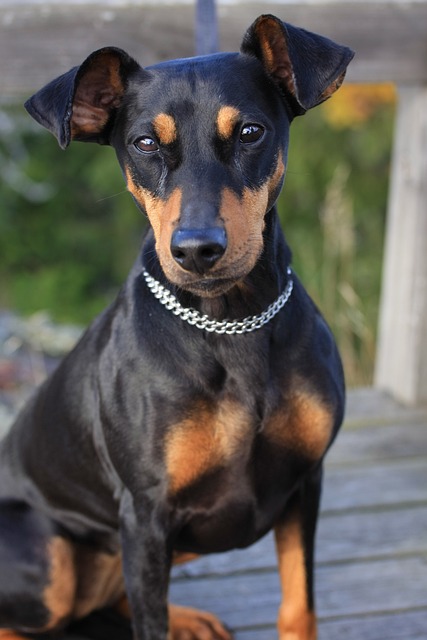


The German Pinscher is a medium-sized, elegant dog breed known for its loyalty, intelligence, and energetic nature. Originally bred as a working and guard dog, this breed is well-suited to active families or individuals who can provide ample mental and physical stimulation. With a sleek, muscular body and a confident demeanor, the German Pinscher is a striking and versatile companion.
The German Pinscher has a rich history that dates back to the 1800s in Germany. The breed was developed by crossing various types of terriers and pinschers. It was initially used as a farm dog, helping with tasks such as guarding, ratting, and herding. The breed's ancestors included the Standard Schnauzer and the Doberman Pinscher. Over time, the German Pinscher became recognized for its agility, loyalty, and protective instincts, gaining popularity among European dog lovers. Today, the breed is still appreciated for its versatility and its ability to thrive in a variety of environments.
The German Pinscher is a well-proportioned, muscular dog with a sleek and compact build. Typically standing between 17 and 20 inches tall at the shoulder, it weighs around 25 to 45 pounds. The breed has a smooth, short coat that comes in colors such as red, black and tan, and blue and tan. Its head is wedge-shaped with a strong, defined jaw, and it has expressive, almond-shaped eyes. The breed's ears are often cropped in countries where this practice is legal, but they may also be left natural, standing or semi-erect. The German Pinscher's tail is usually docked and carried high.
German Pinschers are known for their confident and fearless nature. They are alert and protective of their family but are not typically aggressive unless provoked. While they are independent thinkers, they are also affectionate and loyal to their owners. Socialization from a young age is essential, as the breed can be wary of strangers and may show signs of possessiveness over their territory. Despite their protective instincts, German Pinschers are usually good with children and can get along well with other pets if introduced properly.
The German Pinscher is a highly energetic breed that requires plenty of physical and mental stimulation to stay healthy and happy. Daily walks, playtime, and opportunities to run in a securely fenced yard are essential to meet their exercise needs. Because of their intelligence and energy, they also enjoy engaging in activities such as agility training or obedience work. Without sufficient exercise, German Pinschers can become bored and may develop behavioral problems. A good balance of mental challenges and physical activity is key to keeping them well-adjusted.
Training a German Pinscher requires patience, consistency, and positive reinforcement techniques. This breed is intelligent and quick to learn but can also be somewhat independent, so early training is important to establish boundaries. Socialization from a young age is crucial, as it helps prevent the breed from becoming overly protective or wary of strangers. Exposure to a variety of people, animals, and environments will help ensure that the German Pinscher grows up to be a well-rounded adult dog. They tend to do best with owners who are confident and assertive, as they respect leadership.
German Pinschers are generally healthy dogs, but like all breeds, they may be prone to certain health conditions. These include hip dysplasia, hypothyroidism, and certain heart issues. Regular veterinary checkups, a balanced diet, and keeping them at a healthy weight are important aspects of their care. The breed has a short coat that requires minimal grooming, but regular brushing can help remove loose hairs and keep their skin healthy. Keeping their nails trimmed and providing proper dental care are also important for overall health.
The average lifespan of a German Pinscher is between 12 and 15 years. With proper care, including a balanced diet, regular exercise, and routine veterinary visits, many German Pinschers can live a long, healthy life. Their longevity is often supported by their robust constitution and relatively low incidence of hereditary diseases compared to other breeds of similar size.
© copyright Dog Compendium 2024 - 2025